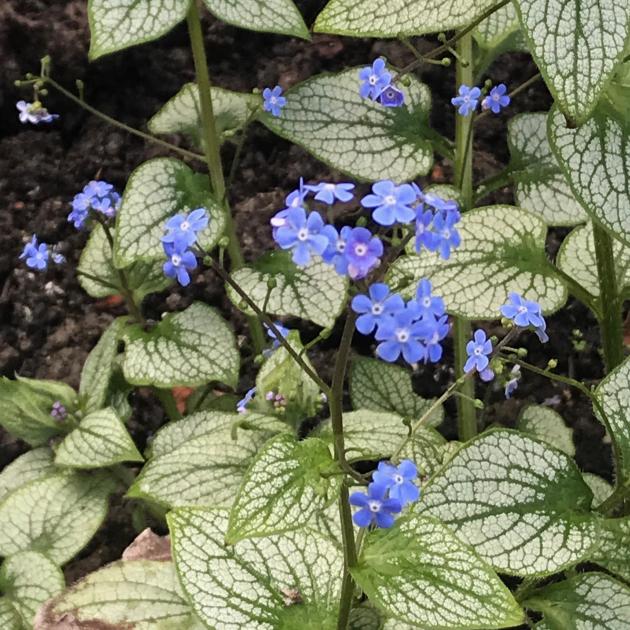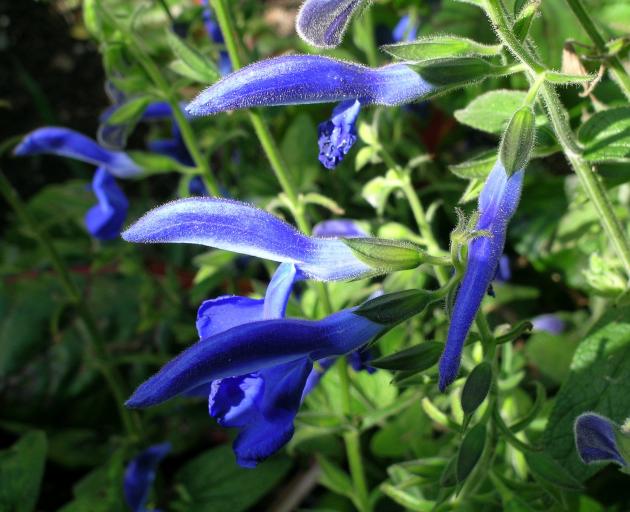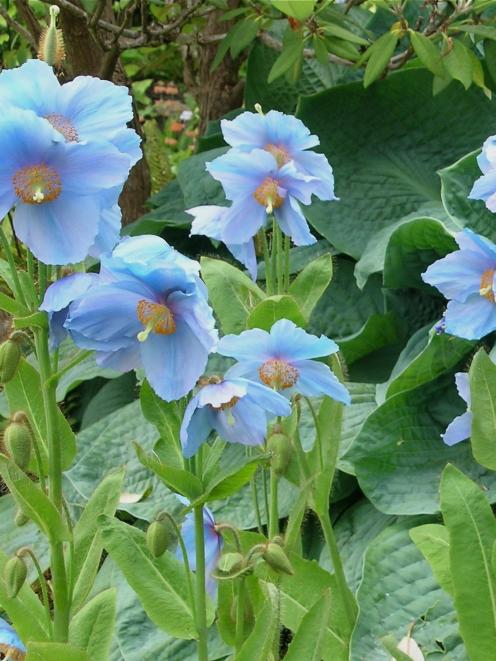
"You're a botanist, so this will be easy. Can you name 10 truly blue flowers?"
I was asked this question in a job interview straight out of university and my awkward inability to instantly rattle off a list, without lots of head-scratching and pained facial expressions, has fascinated me since.
Until that moment, it had not occurred to me that only a tiny proportion of plants produce blue flowers, making this an insidiously tough way to test someone’s plant knowledge. But good things in life are rarely easy to come by.
As you browse the seed catalogue this autumn, here are some blue botanical curiosities to bear in mind.

The plants that do achieve it often use the compounds that normally give flowers and fruit red, purple and black shades, and modify them using clever chemistry, such as increasing the pH in their cells, to make it appear blue — sort of a biological litmus test.
A blue rose has been the holy grail for plant breeders for centuries. But it’s a creation we now know to be scientifically impossible without genetic modification (or injecting synthetic dye).
It’s this rarity, combined with how amazingly well they mix with white, greys and silvers to stand out in low light, that makes all blue flowers so beguiling.

Fortunately, there are a tiny handful of much easier options available — if you know where to look.
Flax, or Linum narbonense, has delicate, silk-like flowers in the softest powder blue.
It’s really easy to grow as an annual "meadow", directly sown into any patch of well-drained ground in full sun. You can even sow them from a packet of seed bought in the health food aisle and maybe save yourself some money. Similarly, the star-shaped, light blue flowers of borage (Borago officinalis) will come back year after year from self-sown seed.
A well-drained, sunny spot is also perfect for love-in-a-mist (Nigella damascena), which are available in a mind-boggling diversity of ruffled forms, with a filigree veil of green sepals encasing their magical blue blooms. Sow seeds for all three and get a triple dose of otherworldly marine hues next spring — something to dream about in the dreary grey of winter.
- Guardian News and Media










